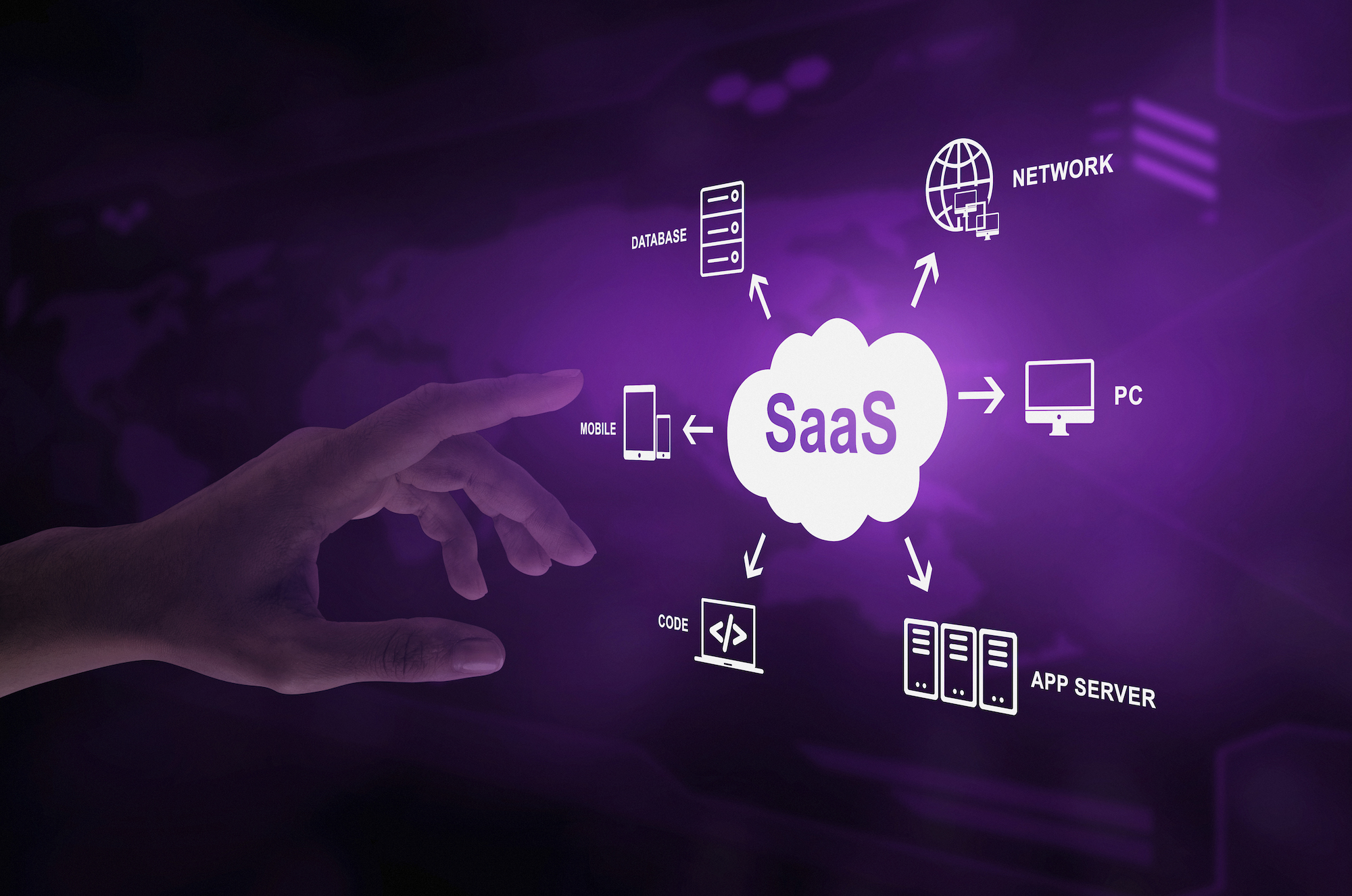SaaS at the service of business functions (ERP, HR, CRM, etc.)
Using SaaS software in human resources management (HRIS)
SaaS software offers numerous possibilities and uses in human resources management (HRIS). Companies can use SaaS solutions to manage the recruitment of new talent, absences, payroll, and training plans. These solutions offer great flexibility and allow HR department employees and collaborators to access essential information and functionalities at any time and from any connected device.
Advantages of SaaS software for management systems such as ERP and CRM
SaaS offers many advantages for management systems such as ERP (Enterprise Resource Planning) and CRM (Customer Relationship Management). These cloud-based solutions are remotely accessible. This allows, for example, sales personnel to manage ongoing sales operations or customer relations more effectively.
SaaS also offers easy integration with other marketing tools: campaign management, marketing automation, and customer data analysis…
Procurement SI and business software in SaaS mode
SaaS solutions also facilitate the management of purchasing, collaboration with suppliers, contract management, orders, and supplies. Teams benefit from better visibility of data, increased task automation, and simplified workflow management.
By opting for SaaS in procurement management, companies can improve their operational efficiency, reduce costs, and strengthen their relationship with suppliers.


